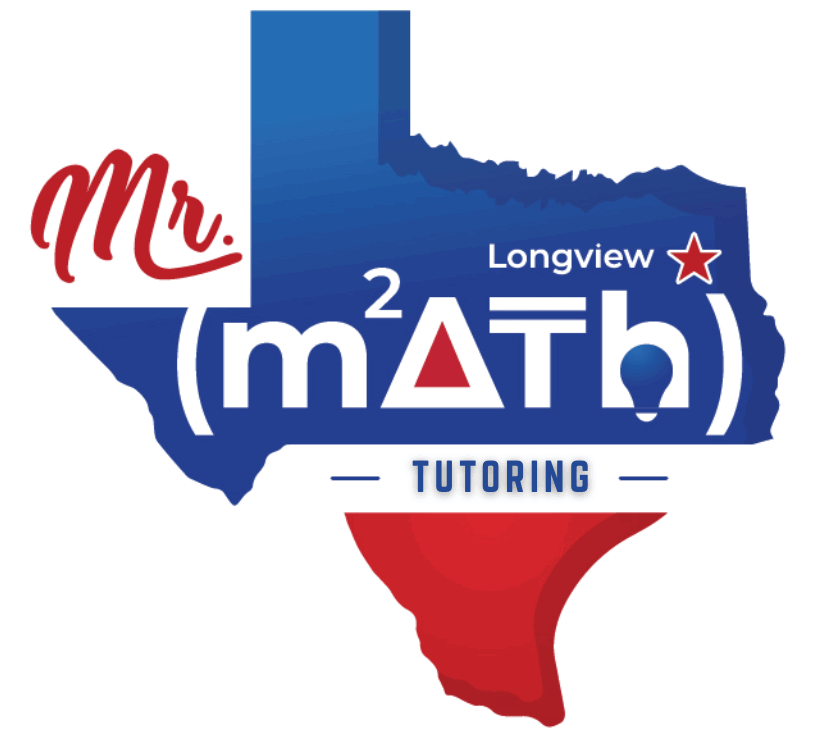Currently Empty: $0.00
About Course
This course, Fundamentals of Trigonometry – Part 1, is designed to build a deep and intuitive understanding of the foundational concepts in trigonometry. From angle measures and unit circle definitions to identities and graphing, this course lays the groundwork for success in Pre-Calculus, Calculus, and beyond. Students will explore the connections between right triangle ratios, circular functions, and graphical representations while mastering the language and logic of trigonometric reasoning. With a focus on visual understanding, procedural fluency, and strategic application, this course is ideal for high school or early college students preparing for advanced math or standardized exams.
Course Content
1. Angles and Radian Measure
-
1.1 Angle Types and Terminology
-
1.2 Radian Measure and Conversions
-
1.3 Arc Length and Sector Area
-
1.4 Coterminal and Reference Angles




